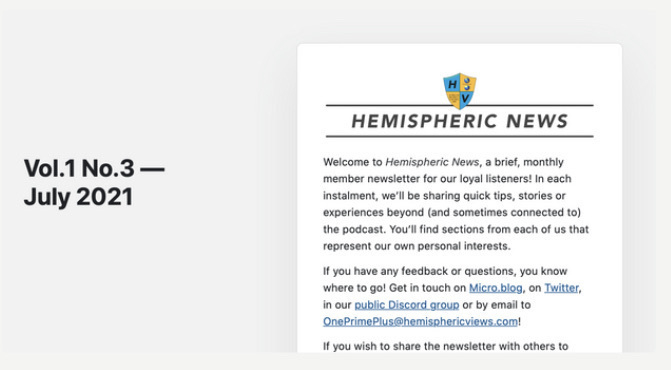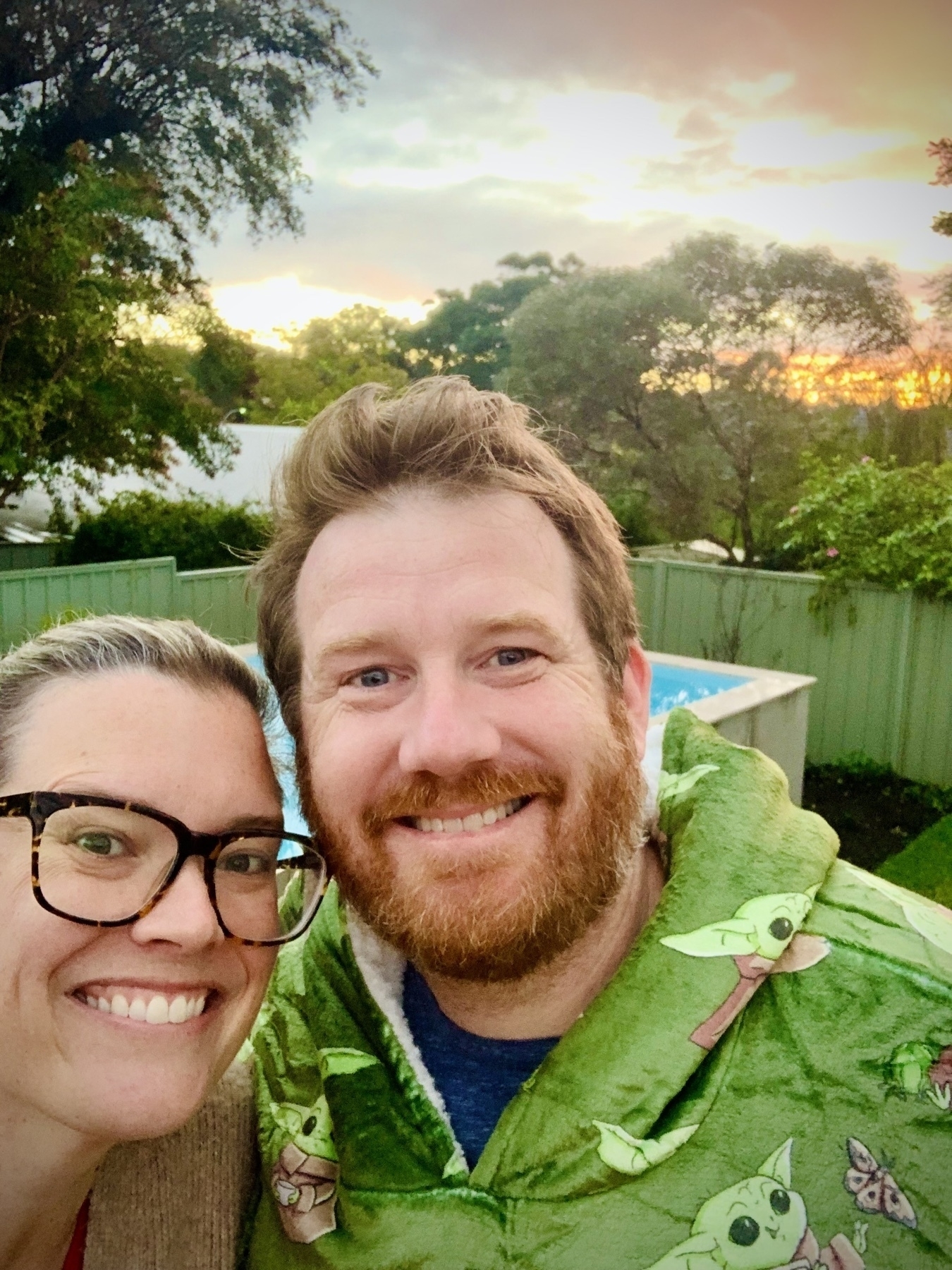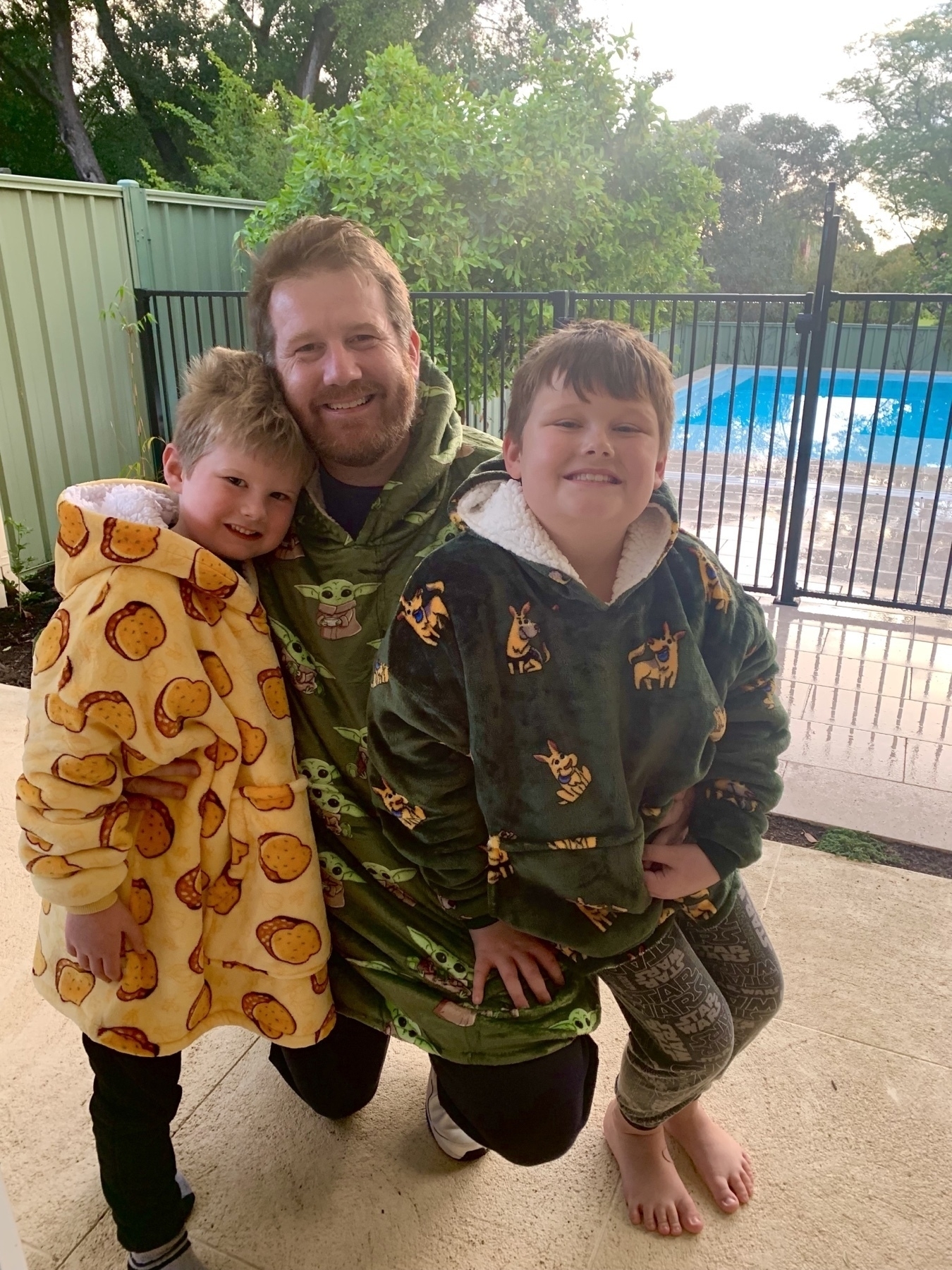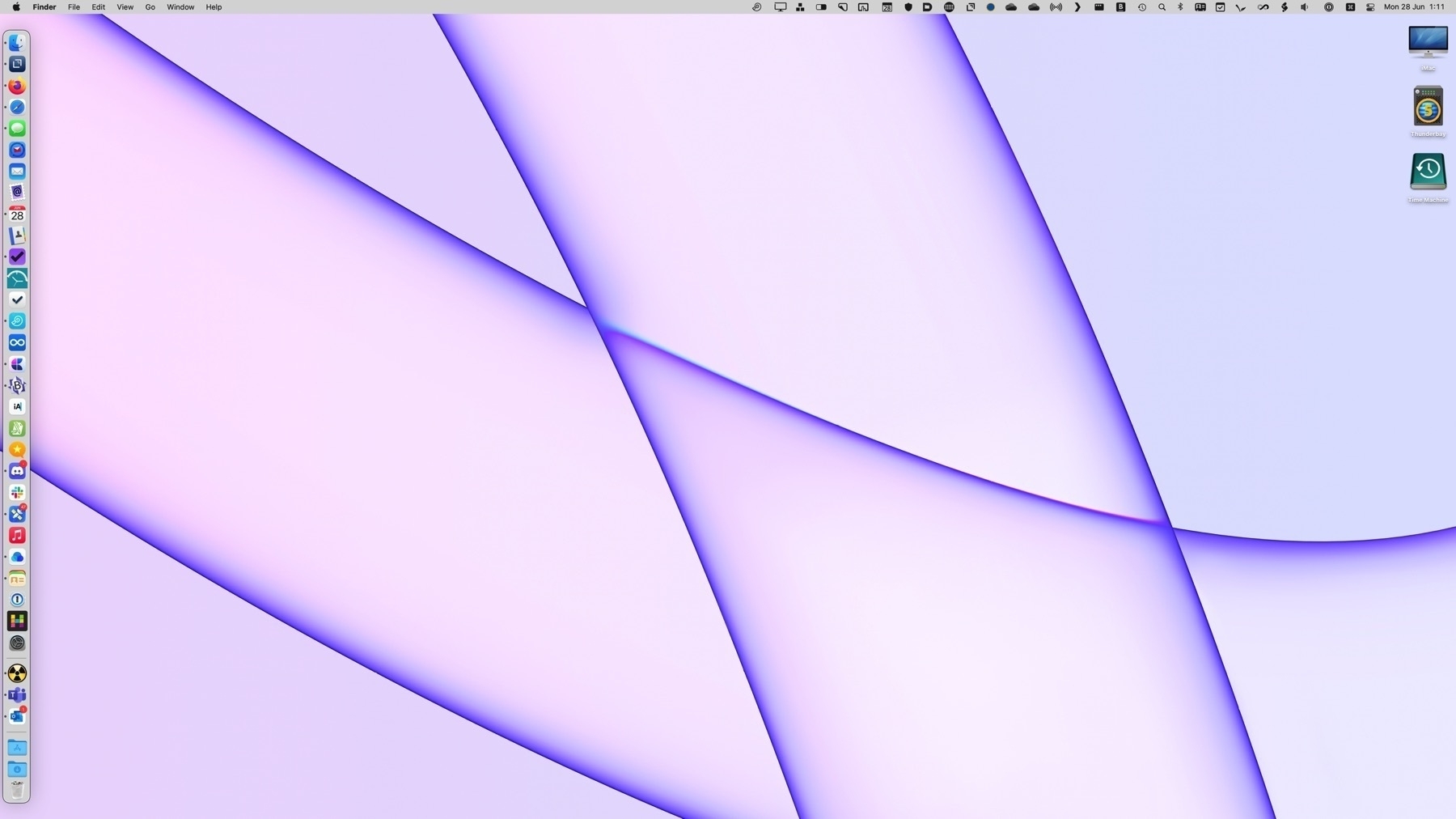Boomers beat USA again! 🏀
Boomers beat USA again! 🏀
Not long ago on this site I stated that I was fed up with git and that I was switching back to Dropbox. I did. It was still infuriating because I refuse to install the Dropbox client for this one measly application.
So I’m back to git. Instead of using Atlassian’s Sourcetree for managing the files on my Mac, this time I’m going with GitHub Desktop. I chose Sourcetree the first time around because it was a native Mac app whereas GHD is an Electron app. Problem with Sourcetree was that I didn’t like it. Doesn’t matter how standards-compliant something is if it’s unenjoyable to use. So, despite the Electron-ness of Github, here I am. If you know of something better, let me know. There is an app called Gitfox in Setapp but I remember it didn’t wow me when I looked at it previously.
So this time I’m using GHD and have connected it to BBEdit. Last time I tried to use iA Writer. iA Writer offers a lovely writing environment but I felt I was fighting against it and iCloud sync the whole time. I never quite build the mental model for how it all hooked together. BBEdit is a code editor at its heart and it still a fine, stable writing application. It will do the job just fine.
On the iOS side of things I’ve reinstalled Working Copy. The problem is which text editor to use. Last effort I was using iA Writer. Do I stick with that? My friend Jason uses Textastic. Maybe that’s what I should go with?
Of course, the thing that none of this software shenanigans solves is actually writing. That’s still on me to do.
Today I’ve experienced Lebanese dessert delights from Youssef Sweets. Amazingly delicious. I could become a regular customer.
So what you’re telling me is, patrons of @HemisphericViews also get a monthly “Hemispheric News” newsletter? And if I want to get that, plus all the other perks, I simply go to oneprimeplus.com? Amazing!

Why do dishwashers take so long?

It was fun to watch Ash Barty win Wimbledon tonight. What a great player. The level of skill needed to play tennis well is crazy.
I was given the most hilarious product tour of Big Mail today by @Burk. Highlight of my day! He needs to do a video recording of it for all to see.
Doing the Switch SD shuffle getting data off two small SD cards in favour of one big one. My attempts to transfer via computer failed, so now I’m switching cards like I’m playing Wings on an Amiga 500 with one floppy drive.

A fun romp with some requirement on behalf of the viewer to be “hand wavey” about time continuity. Perhaps ran a bit long. I enjoyed it though.
Sunset on a drizzly evening.

Business is picking up!

Three Things Today | tyler.io:
So what is Three Things? Well, it’s a calendar that lets you schedule tasks on each day. It’s meant to be excruciatingly pragmatic and realistic about how life works. (At least my life.) It literally will not allow you to schedule more than three tasks per day.
This is a nifty little application. Pick three things. Do them. If you don’t, defer them. That’s about it. I like it.
Seeing as @Burk and @martinfeld have shared their desktops, here’s mine.

Played Skip-Bo tonight after buying it on a whim today. Hadn’t played it for about 25 years. Backed it up with some Uno. Wholesome family fun.
I’ve unsubscribed from the Dithering podcast. The reduction to two episodes a week, plus the lack of interesting topics over the past couple of months, led to me the decision to save my money.

Finished reading: So Good They Can’t Ignore You: Why Skills Trump Passion in the Quest for Work You Love by Cal Newport 📚. A more realistic approach to finding enjoyment from a working life. I still feel stuck in my career, though.
Introducing Windows 11 | Windows Experience Blog
At a time when the PC is playing a more central role in our lives…
This article starts boldly - the PC is more central in our lives? Really? iOS and Android say hi.
I dived into a pool that is 13.6°C. 🥶
Big Mail. Not good. This release looks to be a giant fail. Only have one chance to make a first impression, and they’ve not done well with me.